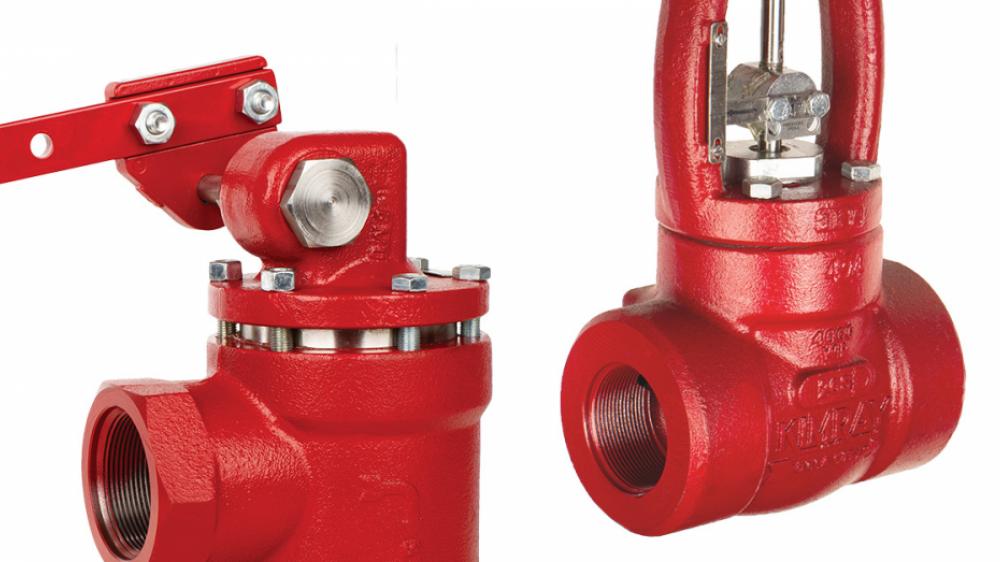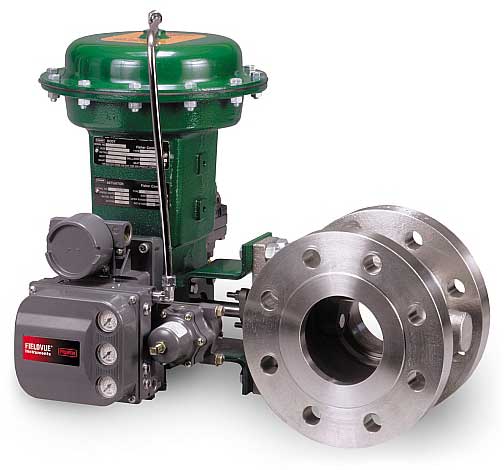Comprehending the Value of Control Valves in Process Automation
Comprehending the Value of Control Valves in Process Automation
Blog Article

Maximize Power Savings and Comfort With Advanced Building Automation Controls
In the realm of modern style and center monitoring, the integration of innovative building automation controls stands as a crucial improvement. The convergence of modern technology and sustainability has actually birthed a new era where power effectiveness, comfort optimization, and functional streamlining are no much longer remote goals but possible realities. By taking advantage of the power of automation, buildings can adapt, respond, and develop in means that were when inconceivable. The potential for considerable energy financial savings and improved comfort is not just a guarantee yet a possibility waiting to be met. This standard change in building monitoring holds the essential to opening a world where ecological conscientiousness and passenger health harmoniously exist together within the wall surfaces of our structures.
Energy Effectiveness Conveniences
Energy effectiveness advantages can significantly decrease energy usage and functional prices in structures. Energy-efficient systems, such as innovative structure automation controls, can enhance the use of resources like home heating, cooling, and lights, leading to reduced energy expenditures over time.
Furthermore, boosted power performance can extend the lifespan of structure equipment and systems. By running a lot more efficiently, HVAC systems, light, and other building elements experience less deterioration, resulting in lowered maintenance and substitute expenses. In addition, energy-efficient structures often regulate higher home worths and rental rates, giving long-lasting economic benefits to proprietors.
Furthermore, power efficiency can boost occupant convenience and productivity. Correctly managed indoor settings with optimal lights and thermal conditions produce an even more favorable and pleasant office, leading to improved staff member complete satisfaction and efficiency. In general, the power effectiveness advantages connected with advanced building automation controls are complex, encompassing expense financial savings, environmental stewardship, and passenger well-being.
Boosted Comfort Control
Enhancing comfort control in building environments needs an advanced integration of advanced automation systems for ideal resident wellness. By making use of innovative structure automation controls, centers can customize the interior setting to meet the specific needs and preferences of occupants. These systems enable accurate policy of lights, air flow, and temperature level, creating a comfy and effective environment. Resident contentment and performance are carefully linked to thermal comfort, making it necessary to have systems in position that can adjust to altering conditions in real-time.
Boosted convenience control surpasses basic temperature level changes. It consists of features such as personalized setups, tenancy sensing units, and all-natural light use to develop a vibrant and responsive atmosphere. By integrating these sophisticated controls, buildings can not only enhance convenience but additionally improve power efficiency by maximizing system operations based upon actual occupancy and use patterns. Eventually, focusing on resident convenience through sophisticated automation systems results in a more enjoyable and healthier interior environment.
Operational Effectiveness Improvements

In addition, the execution of real-time surveillance and analytics devices enables building drivers to determine energy inefficiencies and operational abnormalities immediately. By continuously keeping an eye on energy usage patterns and system performance metrics, changes can be made in real-time to optimize energy intake and guarantee peak functional efficiency. control valves. In addition, including demand action strategies into structure automation controls can even more improve functional performance by dynamically adjusting power use based upon grid conditions and pricing signals
Indoor Climate Optimization
Effective interior climate optimization is an essential facet of building automation controls, making sure owners' convenience and health while optimizing power financial savings. By making use of advanced sensors and controls, constructing automation systems can continuously adjust and check temperature, moisture levels, air top quality, and air flow to develop an ideal indoor environment. Maintaining consistent and comfy conditions not only enhances resident fulfillment however likewise increases productivity and overall health.
Interior climate optimization also plays an important role in power performance. By fine-tuning home heating, ventilation, and air conditioning systems based upon real-time my response data and tenancy patterns, developing automation controls can considerably reduce power usage - control valves. Carrying out strategies such as demand-controlled air flow and thermal zoning can assist reduce energy waste while making certain that each location of the building obtains the required conditioning.

Lasting Setting Development
Building automation controls not just maximize interior climate conditions for power performance and passenger comfort but additionally lay the structure for producing a sustainable environment via calculated administration of resources and systems. By incorporating innovative building automation technologies, such as sensing units, actuators, and smart software application, facilities can change and monitor power usage in real-time to minimize waste and lower their carbon footprint. These systems enable anticipating maintenance, recognizing prospective issues prior to they intensify and optimizing tools performance to boost durability and efficiency.
In addition, sustainable setting development expands beyond power administration to incorporate water conservation, waste decrease, and indoor air top quality enhancement. Structure automation controls can control water use, find leaks, and make sure proper garbage disposal practices, adding to total sustainability efforts. In addition, by keeping track of and regulating ventilation and filtering systems, these technologies improve owner health and wellness and performance while decreasing energy intake connected with a/c operations.
Conclusion
Finally, progressed structure automation controls offer considerable advantages in regards to power savings, comfort control, operational performance, interior environment optimization, and creating a sustainable atmosphere. By carrying out these controls, structures can attain optimal performance while decreasing energy usage and boosting owner convenience. It appears that the use of sophisticated automation innovation is critical in boosting structure efficiency and developing a more sustainable future.
Energy efficiency benefits can considerably decrease energy consumption and operational costs in buildings. Overall, the energy efficiency advantages find more associated with innovative structure automation controls are complex, encompassing cost savings, ecological stewardship, and owner health.
In addition, including need reaction techniques into structure automation controls can better boost functional effectiveness by dynamically readjusting power use based on grid conditions and pricing signals.
Building automation manages not just optimize interior environment conditions for energy effectiveness and resident comfort yet additionally lay the structure for producing a sustainable setting with strategic monitoring of sources and systems.In final thought, advanced structure automation manages deal considerable benefits in terms of power savings, convenience control, functional efficiency, interior climate optimization, and producing a sustainable environment.
Report this page